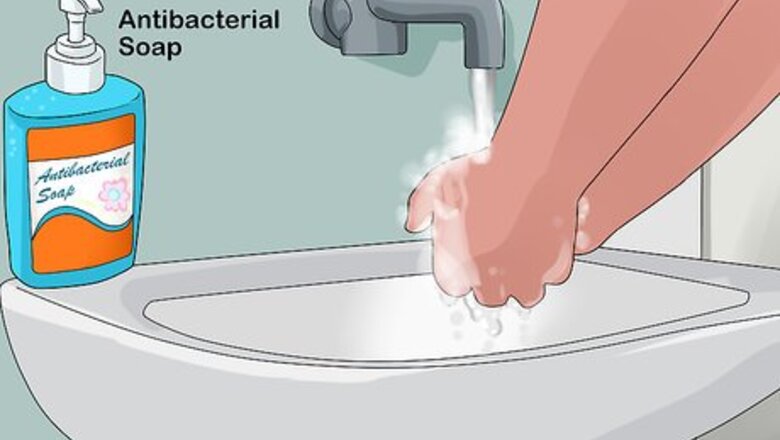
views
Cleaning the Piercing Regularly
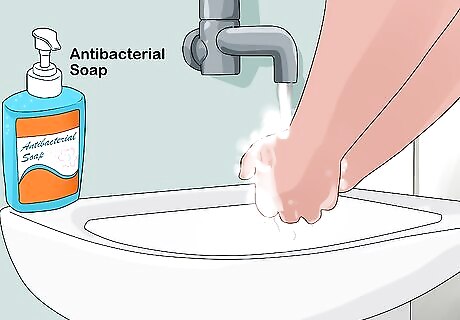
Wash your hands. Always wash your hands thoroughly with an antibacterial soap before handling a cartilage piercing. Touching the pierced area can introduce bacteria or other pathogens to the body.
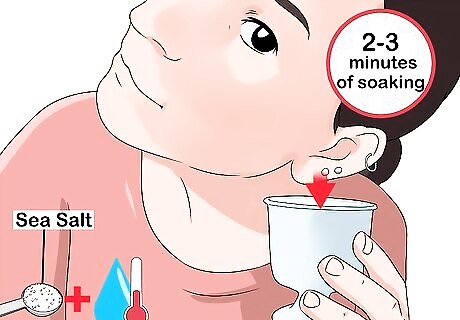
Soak your piercing. Dissolve 1/4 teaspoon of sea salt in an egg cup of warm water. Place the pierced part of your ear in the water. Remove it after 2-3 minutes of soaking.
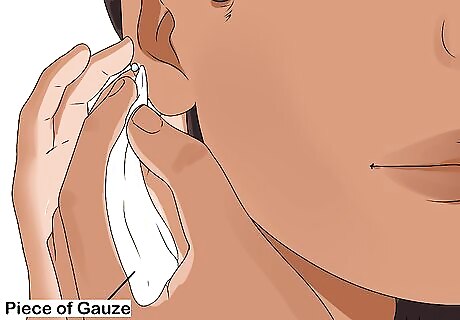
Gently remove loosened buildup. Wipe away any buildup of discharge that may have loosened around the piercing. Wet a piece of gauze and gently dab at the debris to remove it. If the crusted formation does not remove easily, leave it alone and do not use force to loosen it. Always avoid using cotton balls or Q-tips when cleaning your cartilage piercing, as they may leave behind lint. They may also get caught on the piercing itself, which could cause injury to your ear.
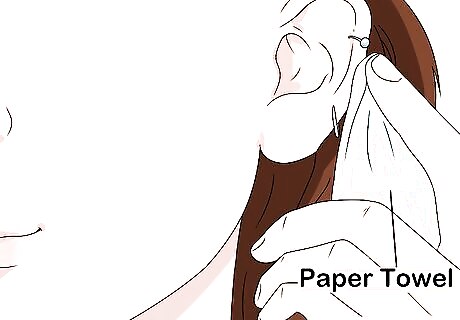
Dry the pierced area. Gently dab the pierced area dry with a paper towel. Avoid using a shared towel, which may spread bacteria and cause an infection. Don't rub the piercing, which could aggravate it while it heals.
Keeping the Piercing Clean
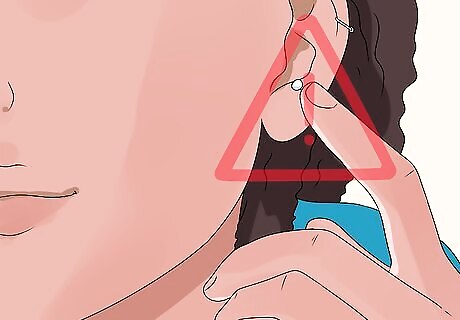
Avoid playing with the piercing. While it is healing, avoid handling your cartilage piercing for any reason other than cleaning it. Turning or twisting the jewelry could cause an infection. The piercing should only be touched with freshly washed hands. It might also help to sleep on your back instead of your side.
Make sure that your clothing and sheets are clean. To avoid infection, make sure that your clothing and sheets are clean. During the healing process, clothing that may touch your ear (e.g. a hooded sweatshirt) should be washed after each occasion that you wear it. Make sure that bed sheets (pillow cases in particular) are laundered at least once a week.
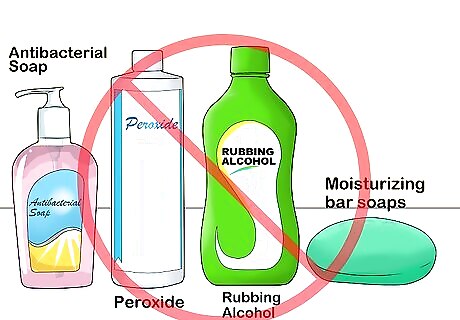
Do not use harsh chemicals on the site of the piercing. Avoid using rubbing alcohol or peroxide on your piercing as they can be very drying and damage your skin. Antibacterial soaps and moisturizing bar soaps may leave behind a residue that might contribute to an infection or longer time to heal.
Checking the Piercing for Infection
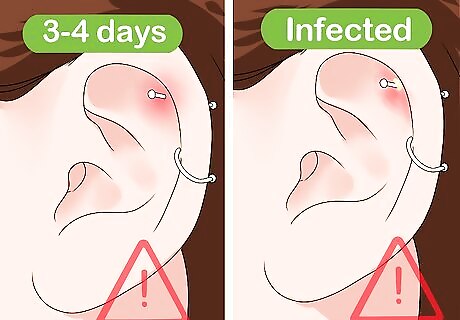
Keep an eye on the color of the piercing site. It's normal for the skin around your piercing to be red for the first few days after it is pierced, but redness after 3-4 days is a sign of possible infection. Similarly, changes in color of the skin around the piercing (e.g., to a yellowish tint) can indicate that it is infected. Check the color of your piercing site twice a day in the mirror, preferably before cleaning it.
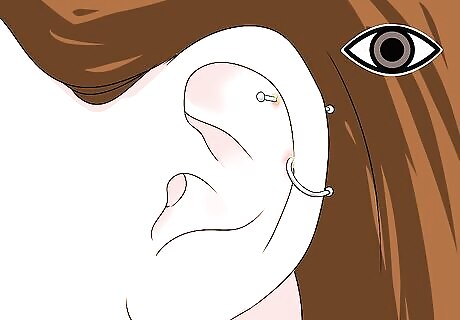
Look for green or yellow pus. During the healing process, a slight, white discharge is normal. If you see pus with a yellow or green tinge, your piercing is probably infected. Check your ear for pus before cleaning the piercing, given that you might wash away traces of discharge.

Check for bleeding or swelling. Prolonged bleeding of the piercing site is not normal and is a cause for concern. Similarly, swelling that does not go down after 3-4 days may be a sign of infection. Check the pierced area daily.

Contact a doctor if signs of infection appear. If your piercing develops signs of a bacterial infection, contact your physician or visit a walk-in clinic immediately. A doctor may prescribe antibiotics or an anti-bacterial ointment to treat the problem. Left untreated, a cartilage piercing infection may lead to an abscess, which usually requires surgery and may leave ears deformed.














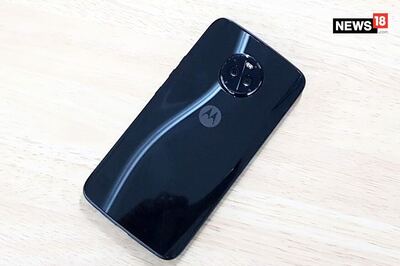


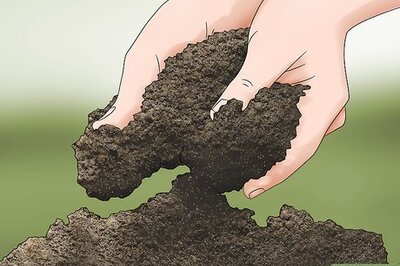
Comments
0 comment